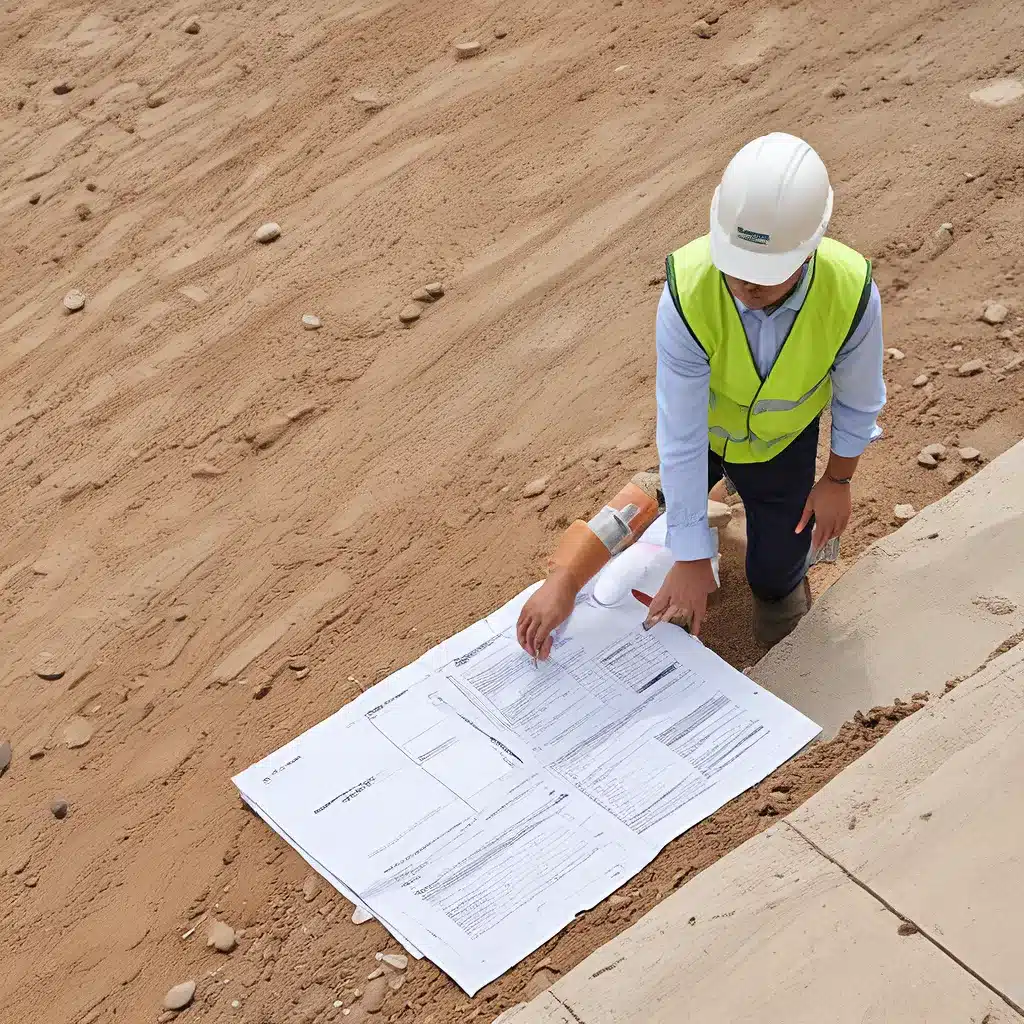
“Going green” is no longer just a trendy catchphrase – it’s become a fundamental necessity for the future of our planet. As a general contractor, I’ve witnessed firsthand the profound impact that sustainable construction practices can have on the environment, the community, and even the bottom line. In this article, I’ll dive into the innovative approaches that are transforming the construction industry and paving the way for a more sustainable legacy.
The LEED Advantage
When it comes to green building, the undisputed industry leader is the LEED (Leadership in Energy and Environmental Design) certification program. LEED is the world’s most widely used green building rating system, providing a comprehensive framework for designing, constructing, and operating high-performing, sustainable structures.
What sets LEED apart is its holistic approach. Instead of focusing on a single element like energy or water efficiency, LEED takes into account the entire building lifecycle – from site selection and materials used to indoor air quality and community impact. This comprehensive lens ensures that every aspect of sustainability is addressed, resulting in buildings that are not only environmentally friendly but also healthier and more cost-effective for the occupants.
One of the most impressive aspects of LEED is its global reach. With over 197,000 projects worldwide spanning 186 countries and territories, LEED has become the gold standard for sustainable construction. And the program continues to evolve, with the latest LEED v5 marking a transformative milestone in aligning the built environment with a low-carbon future.
Sustainable Materials and Technologies
When it comes to sustainable construction, the materials and technologies we use play a crucial role. Gone are the days of energy-guzzling, resource-depleting building materials. Instead, forward-thinking contractors are embracing innovative solutions that prioritize sustainability.
Take concrete, for example. Traditionally, concrete production has been a significant contributor to greenhouse gas emissions. However, new advancements in concrete pier systems and stamped concrete are dramatically reducing the carbon footprint of this essential building material. By incorporating recycled materials and optimizing the manufacturing process, we can now create concrete that is not only structurally sound but also environmentally responsible.
Another game-changer in the world of sustainable construction is spray foam insulation. This highly efficient insulation technology not only helps to regulate indoor temperatures, but it also reduces energy consumption and minimizes the need for heating and cooling. By creating a tight, impermeable barrier, spray foam insulation can significantly enhance a building’s energy efficiency, leading to long-term cost savings for the occupants.
And let’s not forget about the importance of site selection and land use. By carefully choosing the location for a new construction project, we can minimize the impact on the surrounding environment and promote more sustainable modes of transportation, such as walking, biking, or public transit. This not only reduces the building’s carbon footprint but also fosters a more vibrant, livable community.
The Healthier Choice
Sustainability isn’t just about the environment – it’s also about the health and well-being of the people who live and work in these spaces. LEED-certified buildings are designed to prioritize occupant comfort and indoor air quality, creating spaces that are not only eco-friendly but also actively promote human health.
By incorporating features like active design, local food production, and the elimination of harmful chemicals, LEED buildings are transforming the way we think about the built environment. These spaces encourage physical activity, provide access to fresh, sustainable food, and minimize exposure to toxins, all of which contribute to improved physical and mental well-being.
But the benefits of sustainable construction go beyond the individual. LEED buildings have also been shown to have a positive impact on the broader community, with features like improved outdoor air quality and reduced greenhouse gas emissions that benefit the surrounding neighborhood.
The Business Case for Sustainability
While the environmental and social benefits of sustainable construction are undeniable, it’s important to recognize the financial advantages as well. LEED-certified buildings have consistently demonstrated higher resale values, lower operating costs, and greater occupancy rates compared to their non-certified counterparts.
In fact, a recent study by Cushman & Wakefield found that LEED-certified offices command a 41.3% higher rent premium and have lower vacancies, even during economic downturns. This trend is mirrored across various building classes and geographies, with LEED-certified assets outperforming their non-certified peers in both urban and suburban markets.
It’s clear that sustainability is not just a feel-good initiative – it’s a smart business decision. By investing in LEED-certified construction, developers and building owners can not only reduce their environmental impact but also improve their financial bottom line.
Building a Sustainable Legacy
As a general contractor, I’m passionate about the role we can play in shaping a more sustainable future. It’s not just about erecting structures – it’s about building a legacy that will endure for generations to come.
By embracing the innovative approaches and technologies that I’ve outlined in this article, we can transform the construction industry and lead the way towards a greener, healthier, and more prosperous world. And it all starts with a single project – a project that embodies the principles of sustainability and sets the tone for a new era of construction.
So, what are you waiting for? Let’s get to work on Building a Sustainable Legacy – one green construction project at a time. Visit our website to learn more about our sustainable construction services and how we can help you achieve your green building goals.
Related posts:
No related posts.




